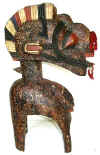 |
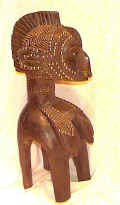 |
|||
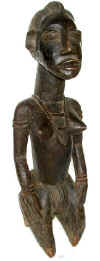 |
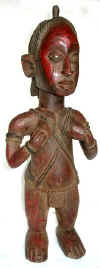 |
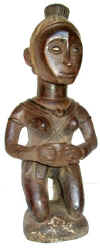 |
 |
 |
 |
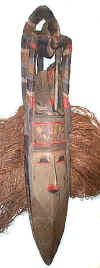 |
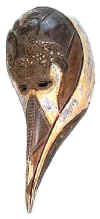 |
 |
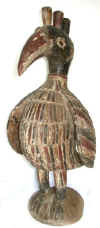 |
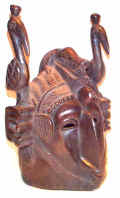 |
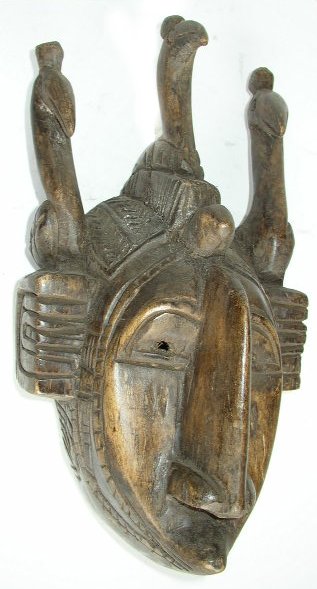 |
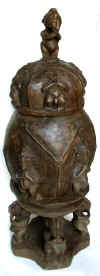 |
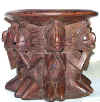 |
 |
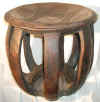 |
TRIBAL AFRICAN ART
BAGA (BAGGA)
Guinea and Guinea-Bissau
Today, the Baga people,
60,000 in total, occupy the northern coast of Guinea and the southern coast of
Guinea-Bissau. They live in the marshy area flooded six months of the year, during which
time the only way to get around is by a dugout canoe. They live in villages divided into
two to four quarters, which are in turn divided into five or six clans. Traditionally, the
village is headed by the eldest member of each clan. The men fish and grow cola nuts; the
women grow rice. Spiritually, they believe in a single god, known as Kanu, assisted
by a male and female spirits. The only fundamental ritual is initiation, which takes place
every twenty-four years. Before burial, the dead are displayed in a sacred wood and their
belongings are buried.
Baga had rich
traditions of multifunctional masks and sculpture, many of which were suppressed with
the advent of Islam. The best known of these is the massive Nimba (or Dumba)
mask, with its great cantilevered large nose, a large pair of breasts, crested head supported on
the upper part of a female torso, carved so as to rest on the shoulders of the wearer, his
body hidden in raffia fiber. The mask can also stand on four legs. Sterile women in the
Simo secret society invoked it as the Mother of Fertility, and it was used at the
first-fruit (rice) rituals, symbolically associating female fertility with the increase of
the grain. This mask appears at the harvest and threshing of the rice crop, is worn by
dancers at birth, marriages and other joyful ceremonies. This mask represented the very
essence of Baga dignity and culture. The Simo society utilized very large polychrome masks
(often more than 5 feet tall), known as banda or boke which are used in
fertility rituals by this society, played a part during the dry season, after the rice
harvest, and at funerals. It has an elongated human face with the jaws of a crocodile, the
horns of an antelope, the body of a serpent and the tail of a chameleon.
Baga craftsmen also
carve anok, a-tscol or elek, bird heads with human features that were used
at harvest time and funerary rites, also by the members of the Simo society. Every family
owns an elek, which is part of the family shrine, together with other objects: stones,
vine twigs and bark reddened by cola nuts, dead scorpions or jaws of crabs, and a fly
swatter, important for purification ceremonies and indispensable in the hunt for witches.
The elek represents the lineage of which it is protector and the most visible sign.
It punishes the guilty, for it a;one is able to pursue witches wherever they may be.
Baga snake headpiece
can be up to 260 cm high and typically display undulation, polychrome decoration and
sometimes have eyes inset with glass. It is an emblem of Bansonyi, men’s secret
association. This headpiece, also called bansonyi, presents a python standing
upright. Bansonyi lives in the sacred forest and emerges when it is time to begin the
boys’ coming-of-age rites. As receptacle for the most powerful spirit, bansongyi
is believed to be the strongest adversary of sorcery and destructive forces that could
endanger the well-being of the village. Bansongyi also appears at the funeral
celebrations of the most important members of the community. They were held on the
shoulders of a dancer. There are also other masks combining human and animal features.
The Baga also produced
statues on round columns, called tambaane, tsakala, or kelefa: extremely
large head, compressed on both sides, in angular, stylized construction; jutting nose;
arms without hands, or hands resting under the chin. They were kept in round huts by the
Simo society.
Tall drums supported by
a human figure are also carved.